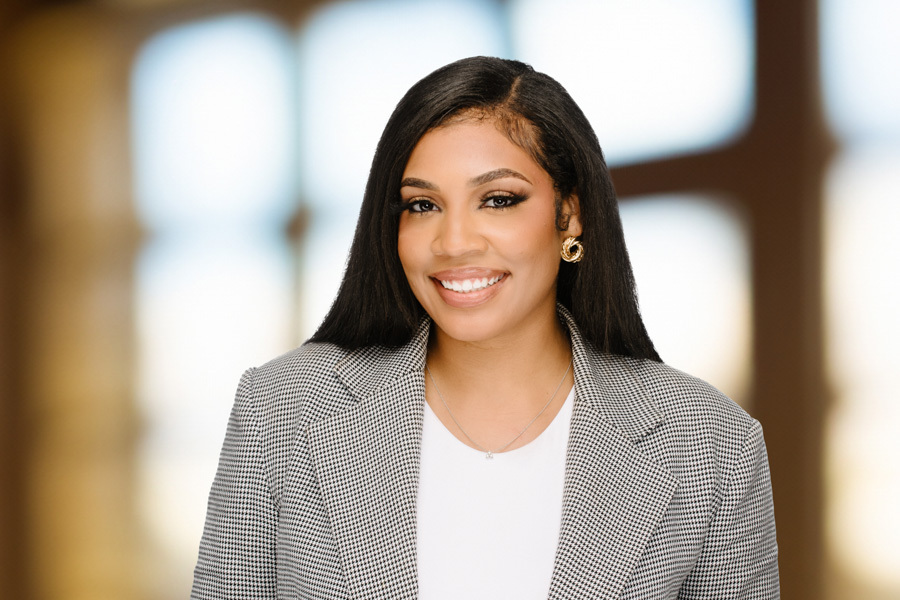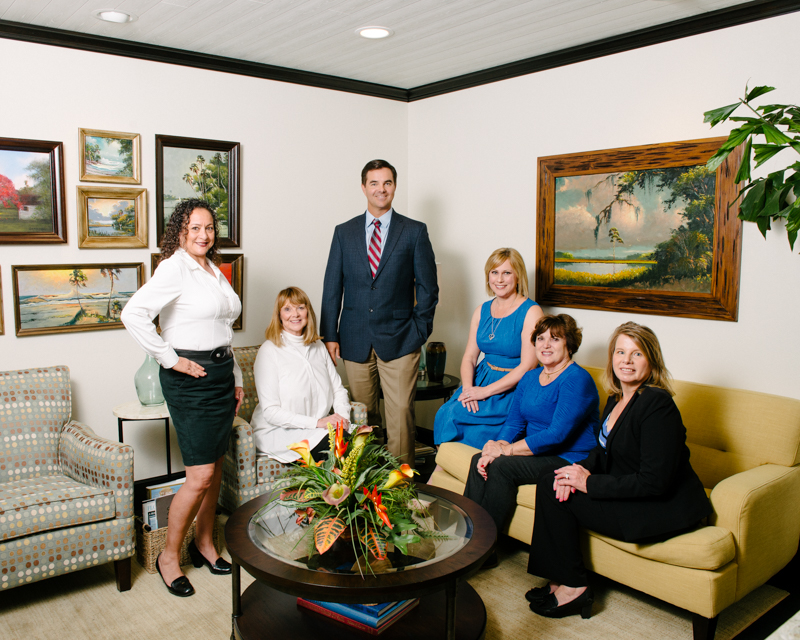Headshot Photography Tips for a Powerful First Impression
First impressions are everything.
Every detail matters in a world where consumers and businesses have seemingly countless options for where to direct their dollars.
For CEOs, executives, and business leaders, your portrait is often the first way people connect with you. A compelling executive picture does more than capture your face—it communicates your professionalism, personality, and leadership.
At Jonathan Fanning Photography, we specialize in creating professional headshots that help you stand out while staying true to yourself. Our guide shares essential tips for executive portraits, covering wardrobe, posing, and creating a comfortable environment. Plus, we’ll show how our tailored approach ensures you get the perfect shot for your professional needs.
Essential elements of standout executive headshots
Before we dig into the details, here are the big-picture points you want to keep in mind to capture an executive portrait that reflects your professionalism and personality
- Wardrobe: Select outfits that align with your industry and role for a polished and professional appearance.
- Pose: Maintain a confident posture and natural expressions that project both authority and approachability.
- Comfort: Choose a photographer who creates a relaxed, supportive atmosphere to bring out your best.
- Background: Opt for settings that enhance, rather than distract from, your image and professional message.
- Polish: Request subtle retouching to refine the final portrait while preserving authenticity.
Yes, professional headshots matter—a lot
Your portrait is part of your personal brand. It tells a story about who you are, what you stand for, and the type of leader you strive to be. High-quality, professional headshots build trust and set the tone for your professional relationships. They’re invaluable tools for many purposes, including:
- LinkedIn Profiles: A polished portrait ensures your first impression is memorable.
- Corporate Materials: Annual reports, press releases, and investor presentations all benefit from strong imagery.
- Keynote Presentations: The right portrait underscores your authority and credibility as a speaker.
- Websites and Media: Professional portraits create a cohesive image across company bios and media features.
An executive portrait isn’t just a picture—it represents your leadership and professionalism.
Wardrobe choices for executive portraits
What you wear sets the tone for your portrait and helps tell your professional story. The right clothing complements your role, industry, and personality to help you look poised, polished, and confident.
When planning your wardrobe, consider bringing multiple outfit options to the shoot. A professional photographer can help guide you toward choices that work best on camera.
Dress for your role and industry
Your wardrobe should reflect your professional goals while staying true to your industry’s expectations. For more formal industries like law or finance, a well-tailored suit in navy or charcoal is ideal. In creative or tech fields, consider smart casual attire—still polished but with a relaxed edge. Avoid loud patterns, bright colors, or logos that can distract from your face.
Keep accessories minimal
Accessories should add polish, not overwhelm. Think simple: a classic watch, subtle jewelry, or a pocket square. Details matter—ensure everything is clean, pressed, and well-fitted to avoid wardrobe distractions.
Color considerations—black or not?
Black can convey authority but may come across as harsh depending on the lighting and background. A good alternative is dark navy or deep gray, which softens the look while maintaining professionalism. It’s always a good idea to discuss color choices with your photographer before the photoshoot!
The art of posing for executive photos
Does posing come naturally to anyone? Maybe some, but they probably lied about how much they practice in front of the mirror. With a few tips, you can look confident and approachable in your portrait.
Posture & presence
Standing or sitting up straight with relaxed shoulders communicates confidence and control. Avoid slouching or stiff positions—your pose should feel natural and powerful. Eye contact with the camera creates a connection with the viewer, projecting self-assurance.
Let your expression tell a story
Your expression sets the tone for the image. A slight smile can make you appear warm and engaging, while a neutral or serious expression can project strength and focus. Consider the audience and purpose of your portrait—whether it’s for a corporate website or a media feature—and adjust accordingly.
What to do with your hands
Many people struggle with hand placement in photos. A simple solution is to lightly rest them on your lap or a desk if sitting, or keep them by your sides in a relaxed position if standing. Avoid overly stiff or forced gestures.
Practice a few poses beforehand to get comfortable with your angles. A professional photographer will guide you through this process, so you don’t have to overthink it.
A comfortable environment = authentic executive portraits
Feeling relaxed is crucial to capturing authentic portraits. A comfortable setting allows your personality to shine and minimizes any stiffness or anxiety in front of the camera.
Start by discussing your goals with your photographer ahead of time. Communicating your vision with your photographer. What do you want to convey or emphasize?
- Authority?
- Warmth?
- Creativity?
- Approachability?
During the shoot, small adjustments like music or casual conversation can make a big difference in helping you feel at ease. A relaxed subject makes for a more natural and engaging portrait.
The background sets the tone
The background of your portrait plays a critical role in framing the overall tone. Selecting the right setting ensures the focus remains on you without unnecessary distractions.
Studio vs. on-location backgrounds
A neutral background, such as a clean white or gray gradient, is a timeless choice that keeps the attention on your face. However, some executives prefer a location-based shoot that incorporates their office or an industry-relevant setting. For example, an executive in a creative field might opt for a vibrant backdrop, while a corporate leader might choose a boardroom setting.
Avoid background distractions
Whether you opt for a studio background or an on-location shot, keep it simple so it doesn’t compete with the most important piece: you! Muted tones, soft lighting, and minimal clutter all help create a portrait that looks professional and polished. Natural light or soft studio lighting can add warmth and dimension without being overpowering.
Subtle retouching can polish your executive portrait
A great executive portrait doesn’t stop at the camera. Subtle retouching enhances the final image without compromising authenticity. The goal is to remove distractions—like stray hairs, wrinkles, or blemishes—while preserving the natural qualities that make the portrait look genuine.
Don’t overdo it! Images can easily feel artificial with too much post-production. Any worthwhile executive photographer will maintain a natural look while touching up any blemishes and removing distractions.
Is it time to enhance your executive presence?
When it’s time to update your executive portrait, trust a professional who understands the nuances of corporate photography. A well-crafted image can transform how you’re perceived in the professional world; it’s an investment in your personal brand. Jonathan Fanning Photography offers the expertise you need to create portraits that stand out.





